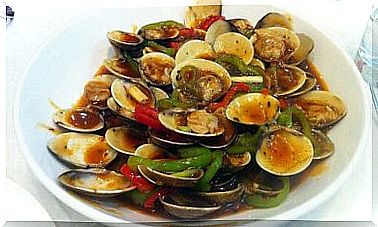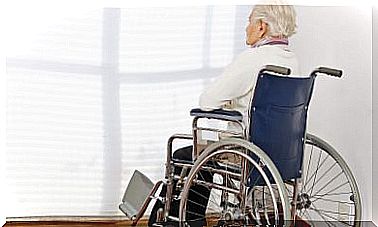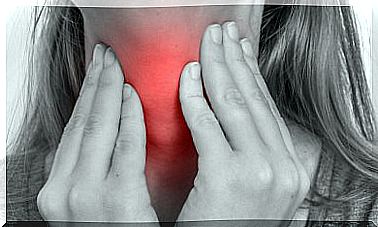Tips To Reduce Cramps
In addition to stretching, to prevent cramps or alleviate them it is important to consume foods rich in potassium, whose deficiency is one of the triggers of these muscle discomfort
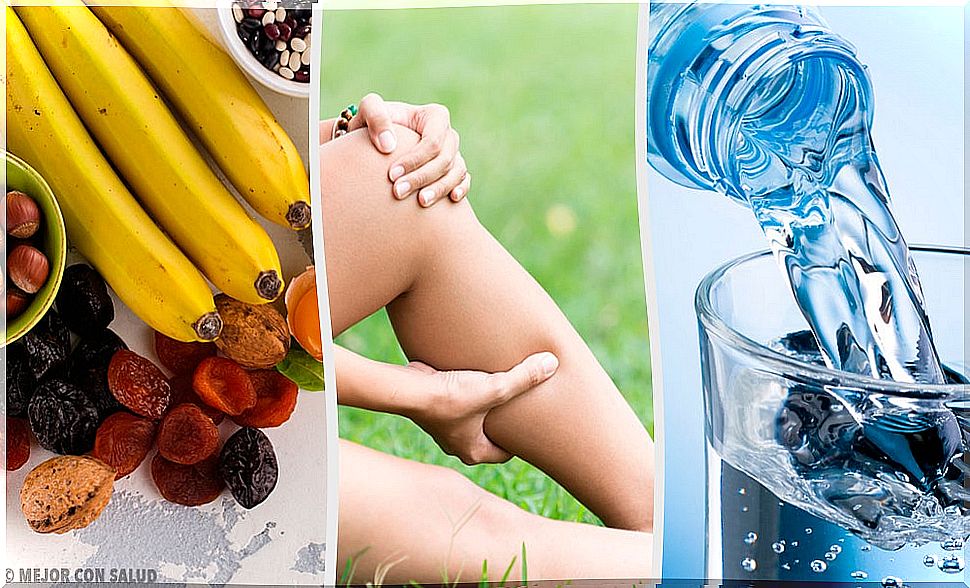
Cramps can appear suddenly in any muscle and be quite painful. The muscles most affected are usually those of the legs and thighs, although they can also appear in the feet, hands or arms. In this article we will give you some tips to reduce cramps.
Why do cramps occur?
Although they are more frequent at night, cramps can also appear suddenly while we are walking, exercising or doing our daily activities. Sometimes it is only a sharp pain for 15 seconds, while at other times, minutes pass and we cannot calm the muscle stiffness.
The causes of cramping, for example, our legs (the most common) are varied. Between them:
- Overuse of muscles from exercise
- Dehydration or low levels of potassium and sodium
- Sedentary and overweight
- Pregnancy
- Hypothyroidism
- Renal insufficiency
Cramps are almost always harmless and gradually disappear. In most cases it is not necessary to consult a doctor. However, if the problem persists, we should see a specialist.
The professional will perform blood tests to check kidney and thyroid functions as well as calcium and potassium levels in the blood.
You can also order a test called an electromyogram, which measures muscle activity and the condition of the spinal cord. Based on these tests, the doctor will be able to determine the trigger for the cramps and prescribe an appropriate treatment.
In the event that the tests do not reveal any particular imbalance or problem, the next step is to rule out any of the following autoimmune diseases:
- Fibromyalgia
- Arteriosclerosis
- Lupus
- Multiple sclerosis
- Rheumatoid arthritis
Exercises to reduce cramps
Since the most common thing is to suffer from leg cramps, we will teach you some exercises that can help you relieve pain:
1. Flex your toes
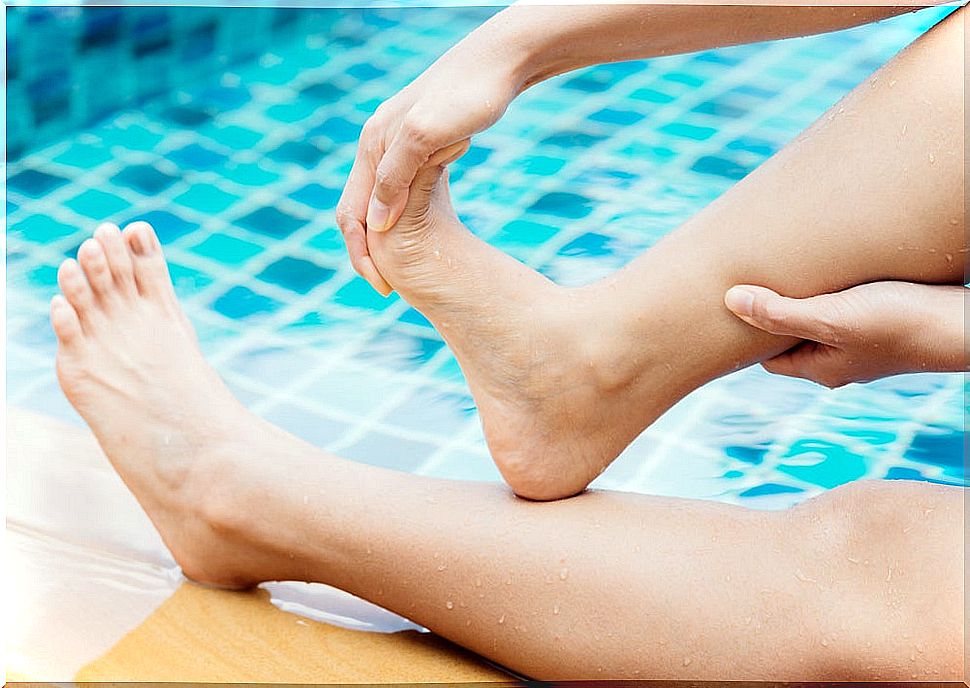
- Place your leg as straight as possible on the bed or sofa.
- With the help of your hand, bring your toes back (as if pointing to the chest) and apply slight pressure.
- Try to lift your heel slightly and lift it off the support.
- Hold the position for at least 30 seconds.
2. Walk on the heel
Gently get out of bed and do your best to walk bringing your full weight to the heel on the side where the cramp appeared. In this way, you will help the calf muscles receive the necessary blood and oxygen.
3. Press against the wall
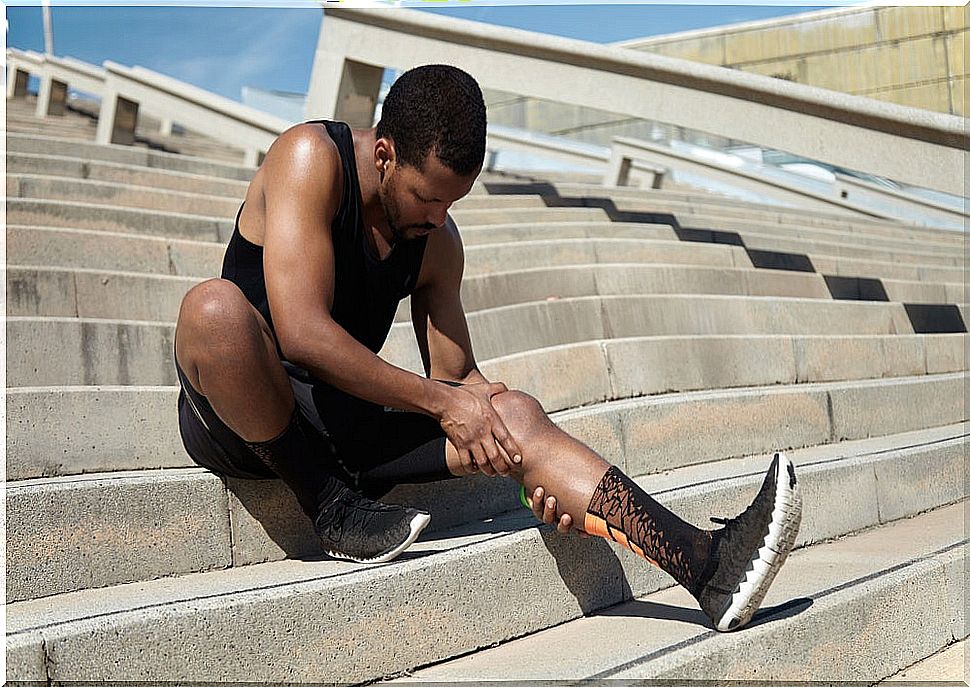
Another way to relieve and reduce cramps is to apply pressure to the area to stretch it.
- You can stand in front of the wall and support the sole of your foot on the plinth.
- Place your hands in front of your torso also on the wall and bend your elbows.
- The idea is that when doing this movement you feel that the muscles of the leg are stretched.
Another option is to place the cramped leg behind the other and bend the front knee. You can help yourself by resting your hands on the wall or on a heavy piece of furniture that does not move.
4. Walks on tiptoe
Calf cramps are very common whether we exercise, stand for long hours or wear heels. This exercise can help you relieve pain.
You simply have to stand on tiptoe (barefoot or wearing socks) and walk as much as possible around the house or office. Another alternative is to raise and lower the heels to stretch the area well. Lean against the wall or the back of a chair so you don’t lose your balance.
5. Massage
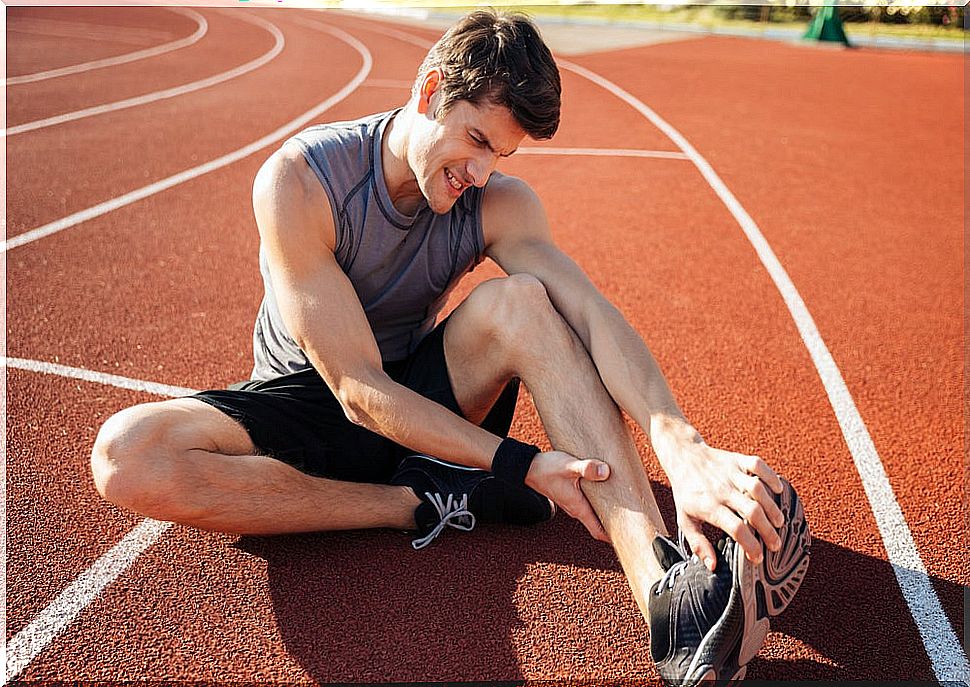
The first thing we do when we feel a cramp is touch the area with our fingers. However, there is also a technique for this.
- Sit so that your cramped leg is over your other thigh.
- Massage in circular motions throughout the muscle to release tension.
- You can exert more or less pressure as you need.
6. Apply heat
A heating pad or warm compress can go a long way when you feel a cramp.
- Wet a towel with boiling water and apply to the affected area being very careful not to burn yourself.
- You can also take a shower with very hot water that falls on the cramped leg or muscle.
How to prevent cramps
If in recent times you have suffered several cramps, you may also need certain recipes to prevent the situation. Pay attention to these recommendations:
1. Horse Chestnut
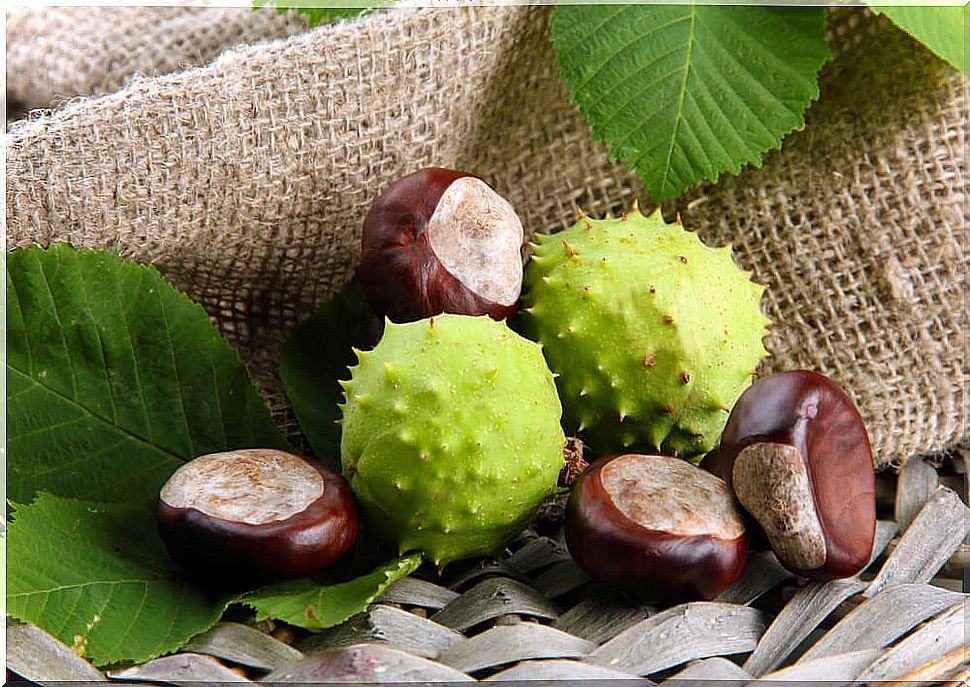
A good way to reduce cramps is to incorporate horse chestnut into your diet. It can be found in health food stores and is usually consumed in capsules.
2. Water
It is very important that the muscles are hydrated to reduce cramps. Therefore, we recommend consuming at least 2 liters of water per day.
If it’s hot or you exercise, increase to 3 liters a day. If you are not to drink water “alone”, you can meet that amount with herbal teas or natural juices and smoothies. Keep in mind that coffee and soda do not count towards achieving the desired amount of liquid.
3. Banana
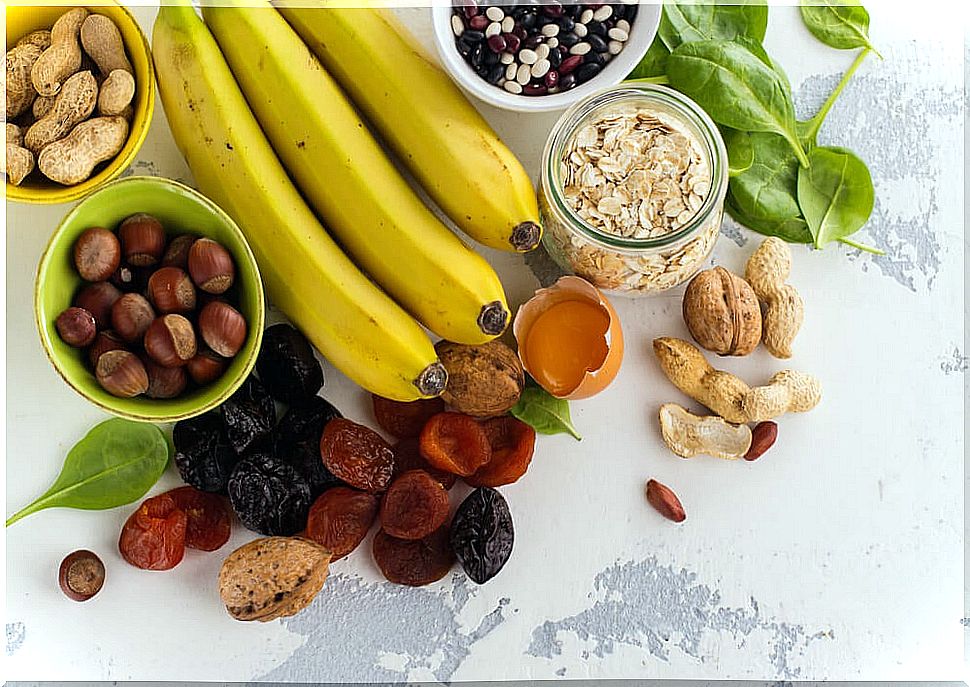
Cramps can appear due to lack of potassium. One of the foods richest in this nutrient is the banana. Therefore, you will see athletes eating this fruit in the middle of a competition. Another option is kiwi. You can eat them several times a week in smoothies, fruit salads, or smoothies.
We hope these cramp-reducing tips are helpful to you. As we always tell you, if you have doubts or the discomforts do not improve, do not hesitate to consult your trusted doctor.


